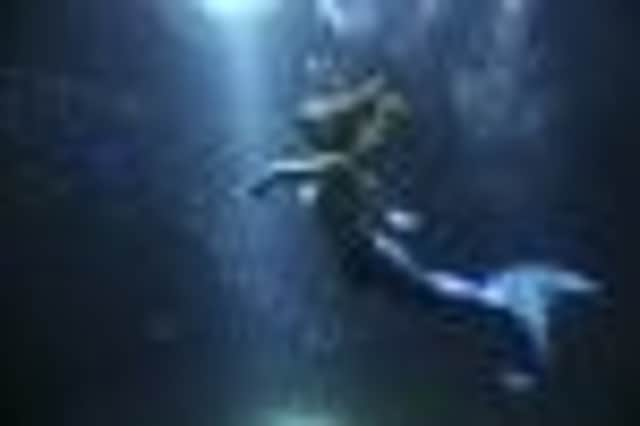Morag of Loch Morar: Mermaid, monster or myth


But Morag, who is reputed to inhabit the depths of Loch Morar, is set to see her celebrity rise following the discovery by Scottish academics of descriptions of sightings.
The stories of Morag the monster dating back more than 100 years were documented by Alexander Carmichael, a prolific gatherer of folklore.
Advertisement
Hide AdAdvertisement
Hide AdNow the scripts, which date from 1902, have been unearthed by academics at the University of Edinburgh library.


The writings paint a conflicting view of Morag. One account depicts her as a mermaid-like creature with flowing hair, while another paints her as a grim reaper whose sighting was viewed as an omen of death. In the first text, Mr Carmichael states: “Morag is always seen before a death and before a drowning.”
A second text reads: “There is a creature in Loch Morar and she is called Morag. She is never seen, save when one of the hereditary people of the place dies. The last time she was seen was when Aeneas Macdonnell died in 1898.
“The Morag is peculiar to Loch Morar. She is seen in broad daylight and by many persons, including church persons.
“She appears in a black heap or ball slowing and deliberately rising in the water and moving along like a boat waterlogged.”
A final description, penned by Mr Carmichael at a later date, retains Morag’s association with death, but sees her take on more human characteristics.
He wrote: “Like the other water deities, she is half-human half-fish. The lower portions of her body are in the form of a grilse and the upper in the form of a small woman of highly developed breasts with long flowing yellow hair falling down her snow-white back and breast.
“She is represented as being fair, beautiful and very timid and never seen, save when one of the Morar family dies or when the clan falls in battle.
Advertisement
Hide AdAdvertisement
Hide Ad“The Morag has often brought out of their houses at night the people living along the shores of the lake … causing much anxiety to the men and much sore weeping to the women.”
Mr Carmichael, a figurehead for the Celtic artistic movement, wrote the texts in Gaelic. He is thought to have spent only a couple of days in the Morar area and did not see Morag himself. His main source appears to be a local man, Ewan MacDougall.
Several books have been written about the elusive monster. The Search For Morag tells of John MacVarish, barman at the Morar Hotel, who claimed he saw Morag on 27 August, 1968, while fishing on the loch.
He said: “I never saw any features, no eyes or anything like that. It was a snake-like head, very small compared to the size of the neck – flattish, a flat type of head. It was very dark, nearly black. It looked as if it was
paddling itself along.”
Yesterday, his daughter, Eleanor Read, 63, said her father always stood by his story, adding: “He was not the sort of man to make things up.”
Dr Donald Stewart, a senior researcher, discovered the texts while leafing through a “mad mixture” of folklore collected by Mr Carmichael over 50 years.
“We were so pleased when we found them; it was just totally unexpected,” he said.